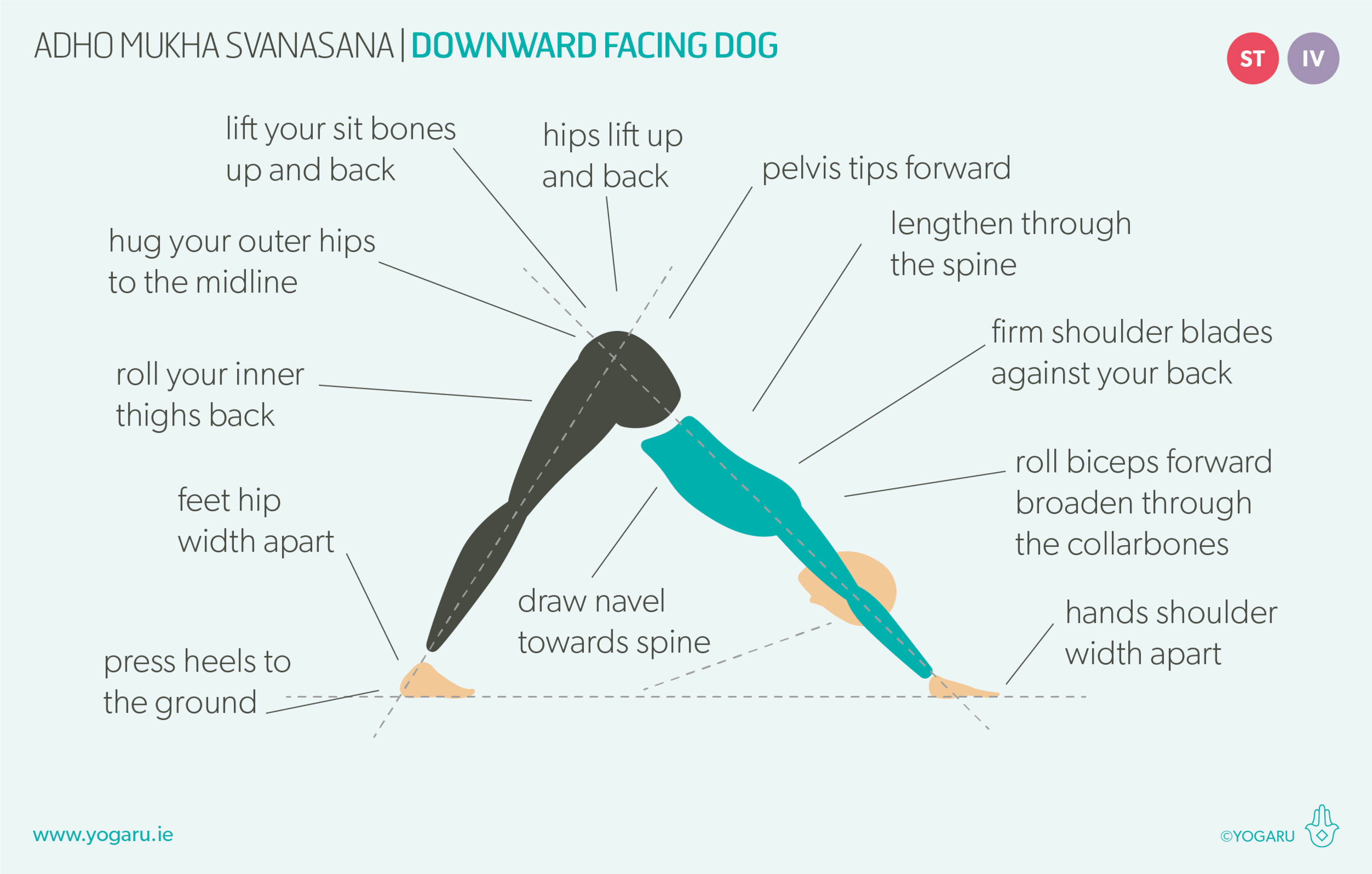CONNECTING TO YOUR NAVEL
Navel radiation is a lovely concept created by Bonnie Bainbridge Cohen and beautifully illustrated by Donna Farhi in her book Yoga, Mind, Body & Spirit. She expanded on the method further in her yoga immersion, Origins of Alignment, which I had the honour of attending in Dublin last June. Sometimes, when we extend through our limbs they become disconnected from our body. Navel radiation explores the idea of movement rippling out from the navel to our six limbs (head, tail, arms and legs) – on an inhale, and contracting back to the navel – on an exhale. She also goes on to explain the optimum quality of the belly. It should be buoyant and elastic, rather than hard and rigid, or loose and slack.
EXPLORING NAVEL RADIATION IN YOUR PRACTICE
When you start to explore navel radiation it can help to visualise the form of a starfish, and soften your movement to reflect the simplicity of their movement.
Start by establishing your breath in the belly. It can help to lie on your back with your knees bent, feet mat distance and knees knocked together. Softly pace your hands on your belly, fingers facing down towards your pelvis. On an inhale, feel the belly expand, your hands gently part, your pelvis tilt up and you lower spine arch slightly. On an exhale, feel your belly contract, your hands join together, your pelvis tilt down and your lower spine flatten slightly.
Once you have made a connection with the breath in your navel area, start into your asana practice with some Surya Namaskara/Sun Salutations – continuing to bring your attention to the relationship between your navel and your six limbs. Observe where your movement initiates from and follow its journey and its parallel link to the breath. When your breath is calm and soft your movement follows this pattern. When your breath is held or racing the movement becomes difficult and disjointed.
Finally Donna Farhi also talks about the quality of movement within the asana. Even if we hold our asana for a few breathes there is natural oscillation of movement through the body initiated from the natural movement of the breath. Stay close to this subtle movement and continue to explore and amend your asana to find the effort and ease.
Try the sequence above, even if you only manage to find the link for one or two asana explore how it changes the quality of your practice and the relationship between breath and movement.
To save the images for personal use click and hold down the image until the ‘save image’ option appears; on Mac hold down ‘control’ and click the image to get the option box; on PC right click on the image to get the option box. Scroll down in the ‘option box’ and click ‘save image’.
Ruth Delahunty Yogaru





